Karibib Marble
 Namibia
(Damara, Karibib region)
Namibia
(Damara, Karibib region)
Karibib Marble is a stunning natural stone known for its distinctive appearance, featuring a white background adorned with delicate light copper-brown veins. Quarried in Damara, in the Karibib region of Namibia, this crystallized marble exhibits several remarkable characteristics:
Color Palette: The primary characteristic of Karibib Marble is its pristine white base, creating a sense of purity and brightness. The marble's surface is gracefully veined with light copper-brown hues, introducing warmth and character to the stone. The interplay between the white background and the copper-brown veins results in an elegant and visually appealing color palette.
Texture: Karibib Marble typically features a crystalline structure that adds depth and visual interest to its surface. The texture is smooth and polished, enhancing the stone's luxurious and sophisticated feel. The combination of a pristine white background and delicate copper-brown veins contributes to a visually striking and refined aesthetic.
Versatility: Karibib Marble's neutral color palette and intricate veining make it a versatile material suitable for various interior applications. It is often used for flooring, wall cladding, countertops, and other decorative elements in residential and commercial spaces. The marble's timeless and elegant appearance complements a range of design styles.
Quarry Origin: Sourced from quarries in Damara, Karibib region in Namibia, Karibib Marble reflects the unique geological conditions of the region. The natural elements present in the quarries contribute to the distinct characteristics of this marble.
Applications: Karibib Marble is well-suited for applications where a sophisticated and luxurious aesthetic is desired. Its use in high-end residential and commercial projects, particularly in areas that benefit from natural light, can enhance the overall ambiance of the space.
In summary, Karibib Marble from Namibia is a refined and elegant natural stone. Its white background with light copper-brown veins, coupled with its crystalline structure, creates an ambiance of sophistication and visual intrigue. Whether used for flooring, wall cladding, or other design applications, this marble stands out as a symbol of timeless beauty and versatility in the realm of natural stone.

Are there color variations of Namibia's Karibib Marble?

Is Namibia's Karibib Marble an expensive stone?

How thick is Namibia's Karibib Marble slabs?

What grade is Namibia's Karibib Marble?

What is the coefficient of friction of Leathered Namibia's Karibib Marble tiles?

Can Namibia's Karibib Marble be used exterior applications in very dusty climates?

Can Namibia's Karibib Marble be used in a office?

Can Namibia's Karibib Marble be used in landscaping?
-

Xiamen Global Stone Imp. & Exp. Co.,Ltd.
 China
China
 5YRDiamond members are premium members on platform, providing members with comprehensive approach to promoting their products, increasing products exposure and investment return to maximize.
5YRDiamond members are premium members on platform, providing members with comprehensive approach to promoting their products, increasing products exposure and investment return to maximize.
 Verified Supplier is for prove company authenticity,including business license,trade license and effective office space,to enhance buyers' trust to suppliers and their products, reducing communication costs.
Verified Supplier is for prove company authenticity,including business license,trade license and effective office space,to enhance buyers' trust to suppliers and their products, reducing communication costs.
Contact Supplier
-

 China
China
 13YRDiamond members are premium members on platform, providing members with comprehensive approach to promoting their products, increasing products exposure and investment return to maximize.
13YRDiamond members are premium members on platform, providing members with comprehensive approach to promoting their products, increasing products exposure and investment return to maximize.
 Verified Supplier is for prove company authenticity,including business license,trade license and effective office space,to enhance buyers' trust to suppliers and their products, reducing communication costs.
Verified Supplier is for prove company authenticity,including business license,trade license and effective office space,to enhance buyers' trust to suppliers and their products, reducing communication costs.
Contact Supplier
-

Xiamen Dingjun Trading CO., LTD
 China
China
 6YRDiamond members are premium members on platform, providing members with comprehensive approach to promoting their products, increasing products exposure and investment return to maximize.
6YRDiamond members are premium members on platform, providing members with comprehensive approach to promoting their products, increasing products exposure and investment return to maximize.
 Verified Supplier is for prove company authenticity,including business license,trade license and effective office space,to enhance buyers' trust to suppliers and their products, reducing communication costs.
Verified Supplier is for prove company authenticity,including business license,trade license and effective office space,to enhance buyers' trust to suppliers and their products, reducing communication costs.
Contact Supplier
-

-

-

-

 Greece
Greece
 Verified Supplier is for prove company authenticity,including business license,trade license and effective office space,to enhance buyers' trust to suppliers and their products, reducing communication costs.
Verified Supplier is for prove company authenticity,including business license,trade license and effective office space,to enhance buyers' trust to suppliers and their products, reducing communication costs.
Contact Supplier
-

-

 Greece
Greece
 Verified Supplier is for prove company authenticity,including business license,trade license and effective office space,to enhance buyers' trust to suppliers and their products, reducing communication costs.
Verified Supplier is for prove company authenticity,including business license,trade license and effective office space,to enhance buyers' trust to suppliers and their products, reducing communication costs.
Contact Supplier
-

The request includes: 1. surface finished, size 2. quantity required






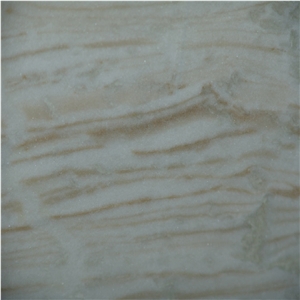
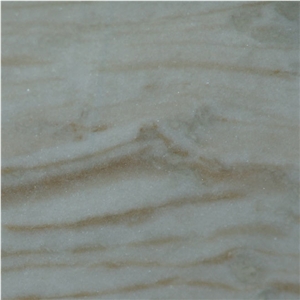
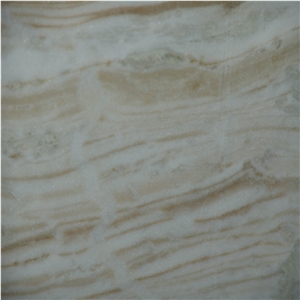
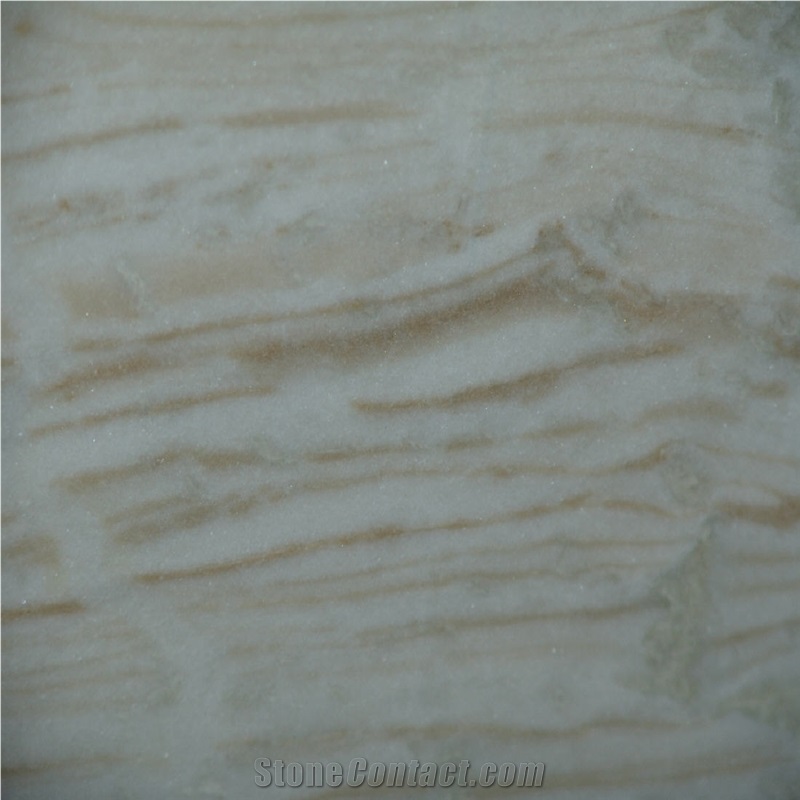
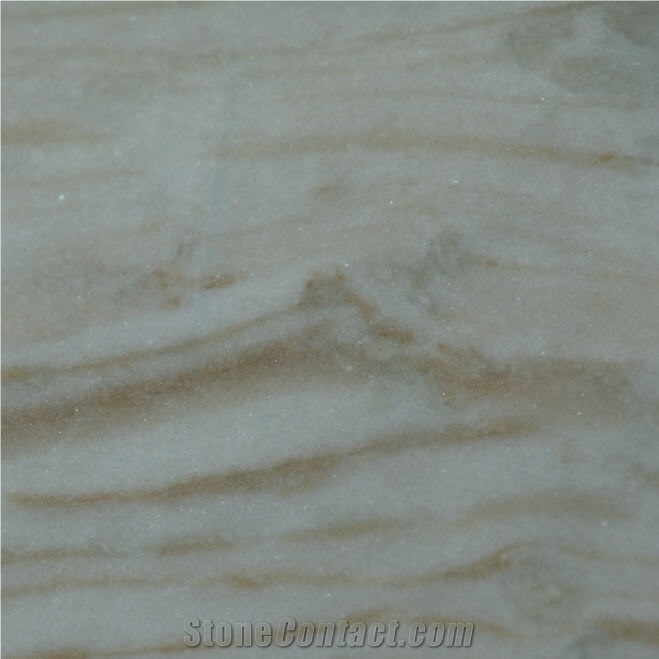
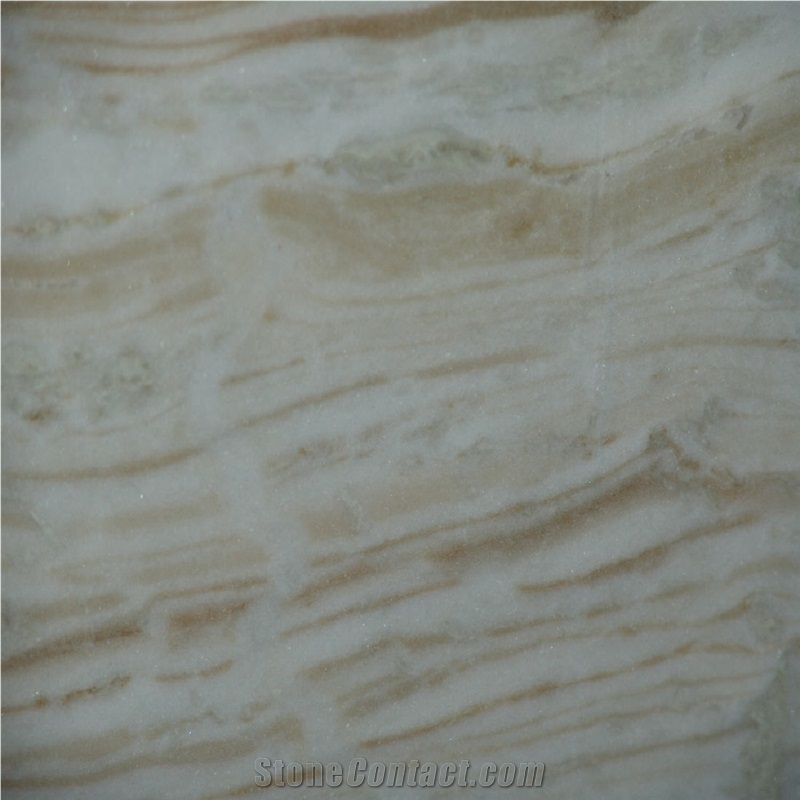
 Mexico
Mexico United Kingdom
United Kingdom Italy
Italy Germany
Germany